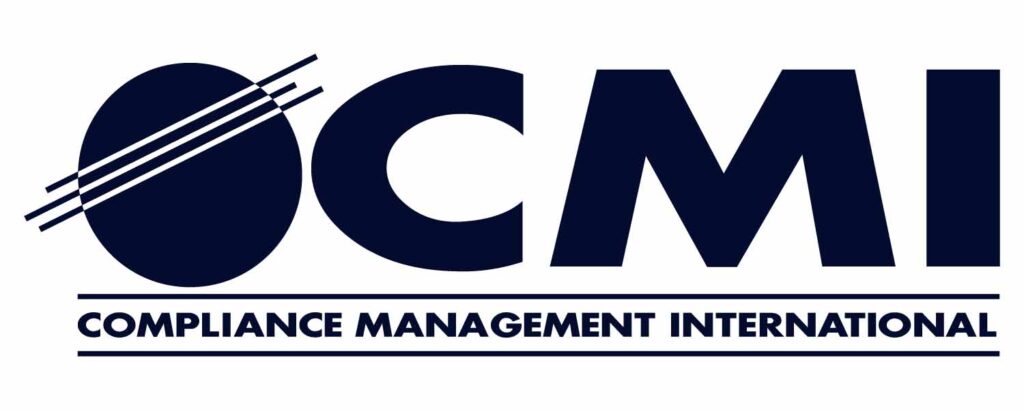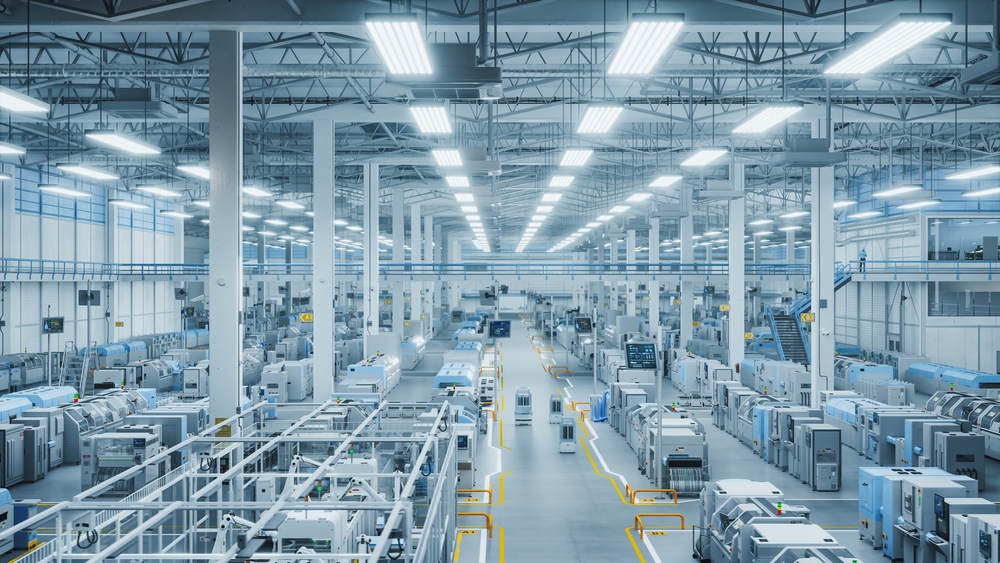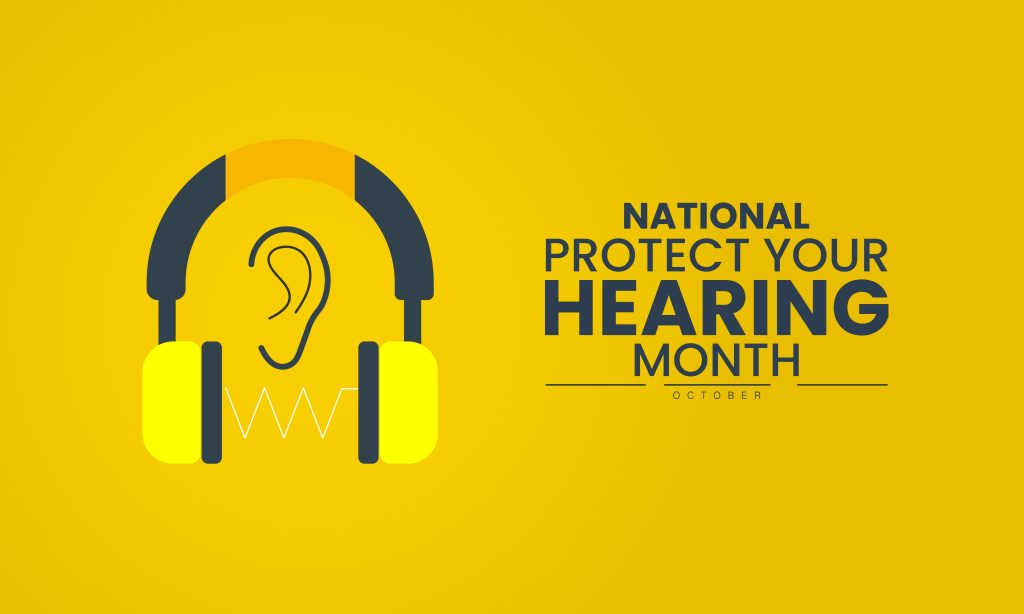The Occupational Safety and Health Administration (OSHA) has a National Emphasis Program (NEP) focused on evaluating fall protection compliance with a goal of reducing the number deaths and injuries due to falls. OSHA implemented this because fall protection is consistently one of the top cited standards and the leading cause of deaths and serious injuries in the workplace. Fall protection is typically tied to construction activities and is often overlooked in general industry. This NEP affects all organizations who perform work at heights.
The general industry standards for Fall Protection can be found in 29 CFR 1910.28 (Duty to Have Fall Protection), 29 CFR 1910.29 (Fall Protection Systems and Falling Object Protection), and 29 CFR 1910.30 (Training Requirements). The standards require appropriate fall protection when employees are exposed to falls to a lower level that are 4’ or more, where in the construction industry, the requirements are set at 6’. This often causes confusion with employers.
In manufacturing and other general industry settings, fall protection hazards are present, but are often overlooked. Common tasks where there may be risks can include:
- Maintenance or cleaning activities on top of equipment or machinery
- Elevated walkways or working platforms
- Roof work
- Aerial lift use
- Open dock doors, pits, or floor openings
To ensure that your organization is prepared, a thorough fall protection assessment should be conducted to determine where employees are exposed to falls of 4’ or more. This must include:
- Assessing where fall hazards are present
- Where feasible, engineer out the hazard so falls can’t occur
- Implementing fall protective systems to protect employees where it’s not feasible to engineer them out could include installing guardrails, safety nets, fall arrest, travel restraint systems, or positioning system.
- Making sure adequate fall protection systems are provided that meet the standards
- Implementing a robust training program for employees on the use of the fall protective systems and performing equipment inspections
Any fall can be disastrous to the employee, their family, the work environment, and to the organization. Improving fall protection for workers is a smart business decision for a variety of reasons. The main focus is always mitigating the risk of death or injury to your employees so they go home every day. By investing in a quality fall protection program including the equipment and education of employees, organizations will realize additional benefits:
- Fewer workers’ compensation claims and reduced insurance premiums
- Improved morale and employee retention by providing a safe and secure work environment
- Prevention of serious or fatal incidents which lead to significant fines and citations, downtime, employee and public trust issues.



